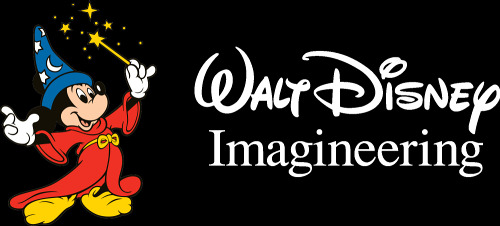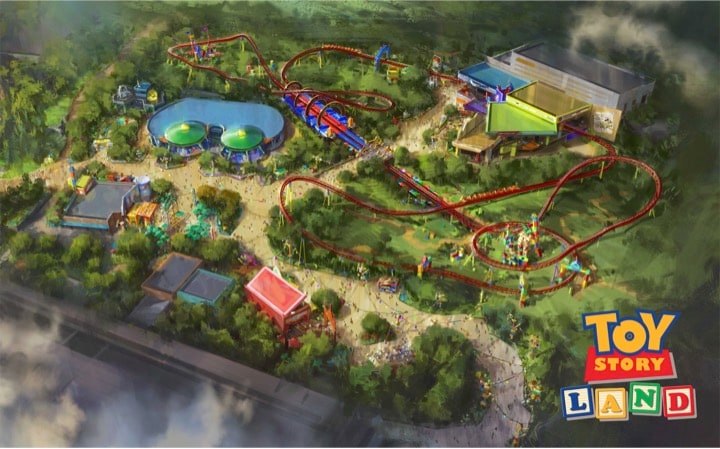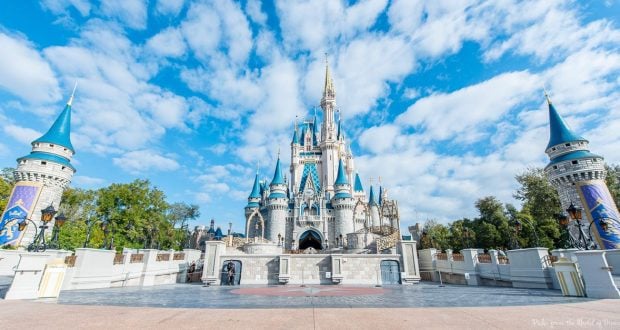Disney theme parks are known for being the “Happiest Place on Earth” or “The Most Magical Place on Earth” and all of it could not have been done without Walt Disney’s engineers and good project management. In the recent reading, there was a section that talked about a project life cycle and I thought it would be interesting to discuss what Disney’s engineers have to manage for a project and their steps for it.
Walt Disney Imagineering
Walt Disney Imagineering (WDI or Imagineering) is responsible for creating, engineering, and constructing Disney theme parks worldwide. This is not like normal projects where the outcome is a hardware or software deliverable, but the outcomes of their projects are theme park attractions that create visual stories for the public. This then makes the project managers have to see themselves as storytellers because Disney theme parks intend is to remove people from this reality and into a different story that Disney creates. What sets Walt Disney’s project management is that there are more than just the three constraints on projects but six total. Those six are time, cost, scope, safety, quality, and aesthetic value.

Since Disney is a theme park, safety is never sacrificed on a project. The Imagineers need to make sure the attractions can operate every few minutes, 365 days of every year, and they must satisfy strict building codes. Also, since some rides require certain special effects such as fire, smoke, steam, and water the Imagineers must make sure each effect will not cause any harm if it is touched or breathed in. Important quality attributes that the project managers use is to make sure all the moving parts and special effects are reliable and maintainable. These people have to consider how long something can perform without requiring maintenance and how quickly repairs can be made for maintaining it. These qualities are important because Disney wants to make sure their attractions have a short downtime because park guests will start to become unhappy on their vacation.
Life Cycle of Disney’s Projects
Brainstorming
The first step that Imagineers take is just like any other start to a project, that is brainstorming. However, at Disney brainstorming can be measured in years and multiple people participate in this phase, including the project managers. Two types of brainstorming can occur, structured or unstructured. Unstructured brainstorming is called “blue sky” brainstorming and this can consist of several brainstorming sessions to come up with the best idea but even if everyone agrees on an idea they must think if they can make it even better. Another part of brainstorming is that Imagineers have to focus on a controlled themed environment where every part has to be a part of telling the story. Once the brainstorming is coming to a closing the engineers have to consider the cost of their project and if they can afford to build it.
Guiding Principles
The next step is guiding principles. There are a few principles that Imagineers have to abide by when creating new concepts and improving existing attractions. When developing new ideas and improvements they have to make sure they fulfill that the impossible appears to be possible. An example is of this is the attraction Soarin’ Over California and the Imagineers wanted the guests to experience the sensation of flight, but still, have the guests be able to load efficiently and have an optimal viewing position. No one knows how to do this until one Imagineer found an Erector set to create a ride that simulated hang gliding. The principle of “blue sky speculation”, is a process where ideas are created but there are no limitations to their ideas. Disney believes that if it can be dreamt then it can be built, and the brainstorming sessions are recorded and may be revisited many years later.
Imagineering Innovations
Walt Disney Imagineering has been granted over 115 patents because of the Imagineering Innovation step. This is where Imagineering must find a way to blend technology with the story like the development of Audio-Animatronics. These Audio-Animatronics are used throughout the theme parks in rides like Pirates of the Caribbean, The Haunted Mansion, Country Bear Jamboree, Star Tours: The Adventures Continue, etc. Disney’s innovation step also is responsible for technological advances such as the FastPass virtual queuing system, and the Circle-Vision 360◦.
StoryBoarding
An essential part of creating the project is storyboarding. In the beginning, the ideas are two-dimensional that are drafted on a piece of paper, but then storyboards help make the Imagineers see the entire attractions. At Disney, storyboards are graphic organizers but in the form of illustrations to help visualize the relationship between time and space in the attraction. Also, they include arrows or instructions that shows how the movement of the attraction will move.

Mock-ups
When that step has been completed, the next step of the project is to create a mock-up of the idea. This is the stage when the two-dimensional becomes 3-dimensional and this is considered the most important and valued step in the Imagineering process. These models once again help the Imagineer to see in small scale the physical layout, the dimensions, and how the buildings will appear. The project then starts to evolve from the three-dimensional and once the project team is satisfied, they create a larger overall model based on the detailed architectural and engineering drawings. Then computer models are made of the complete attraction and the actual ride. This lets the Imagineers to be able to see what the final product will look like from multiple positions without having to build a full-scale model.
Aesthetics
The next part of the project is the aesthetics and the aesthetic value of an attraction is viewed as a constraint to the Imagineers. This is more of a step for perfection than normal constraints that most project managers consider. Aesthetics are the design elements that help identify the character and overall theme and it helps control the environment of each setting that is made. All of this includes color, landscape, trees, flowers, architecture, music, and special effects. Each one of those elements helps support the mood and feeling of the attraction. It is also important for the Imagineer to make sure that they don’t overwhelm the viewers with too many details or details that might leave the guests confused about the meaning of the story.
The Art of the Show
Imagineers next process is the Art of the Show. This is where the Imagineers create forced perspective in some designs to affect the viewer’s perspective of the object’s size. One example of Imagineers doing this is the Cinderella Castle in Walt Disney World. The scale of the architectural elements is much smaller on the top of the castle compared to the base foundation to make the castle feel significantly taller than the actual height (189 feet).

The Power of Acknowledgment
At the end of the project, most project managers like to be told that they have done a good job, however at Disney words are not needed because it can come from the results of the number of visitors that pass through the theme parks. Walt Disney Company does acknowledge Imagineers in other ways but there is no form greater than the acknowledgment from the number of visitors.
Walt Disney is just one company that has a different approach to projects that are very successful with that they do. What you can take from this lesson is the different approaches to projects that you can use and tweak for future management projects.
0 Comments